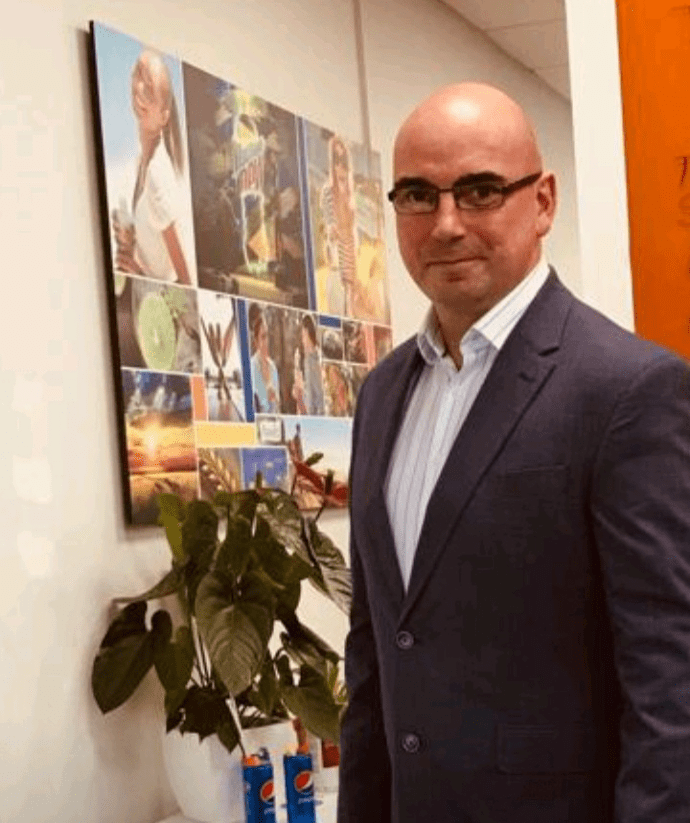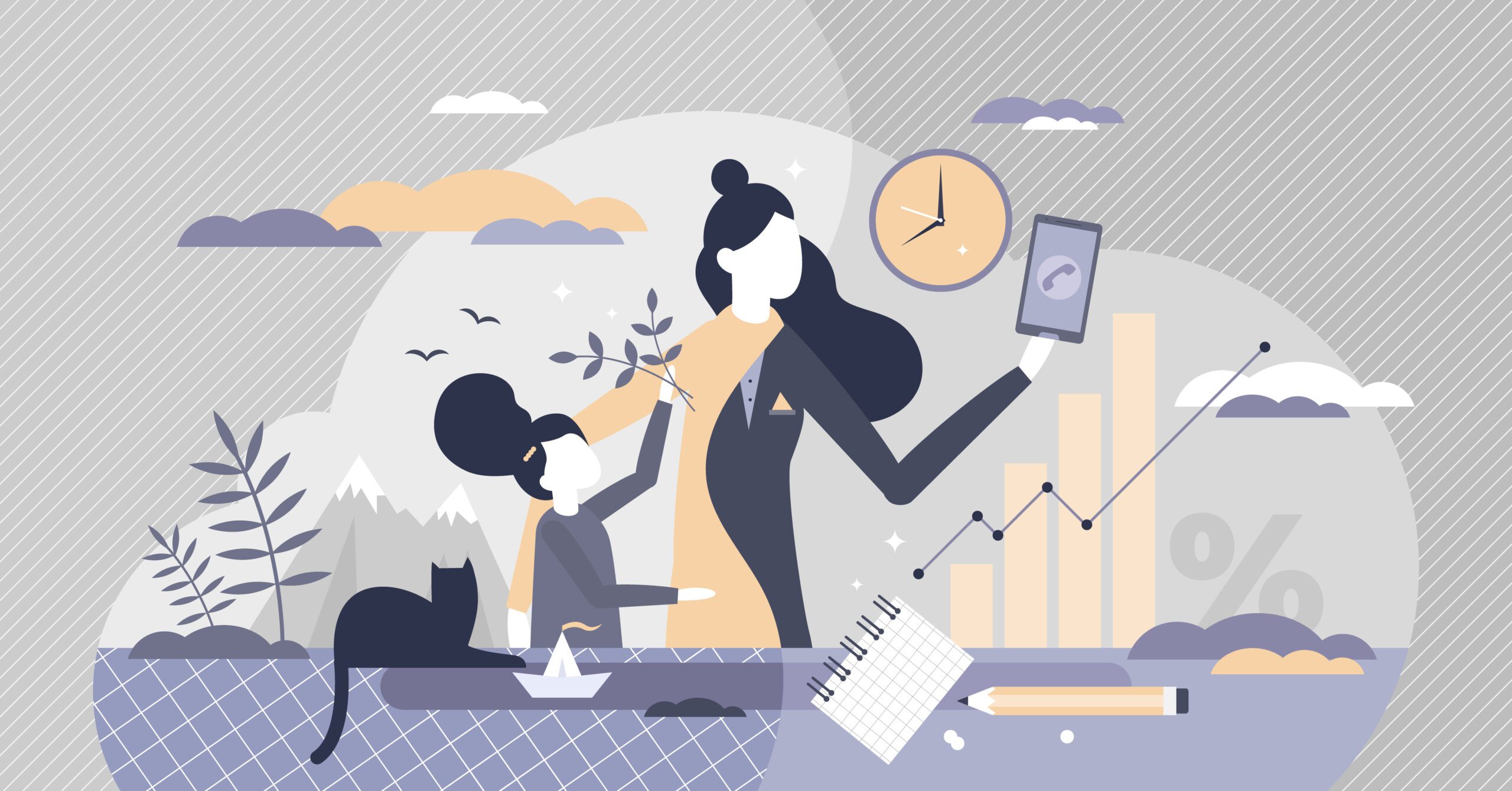Defining balance as “a situation where different elements are equal or in the same proportion” asks us to seek equality between work and life. If we designate that work is our salaried task completed at the behest of an employer and life is everything other than this, then the ask of spending equal time on both is not only ridiculous but is in contravention of the employment laws of every civilized culture.
There is a growing incidence for employees to simultaneously fulfill life and work tasks, resulting in increased focus on the concepts of work life fusion and flexibility. Fusion, for the purpose of this article can be defined as both work and life happening at the same time and flexibility being our mindset and approach to doing both.
When we look at the context of a post-pandemic workforce, we have seen a move from a manufacturing, nine-to-five, fixed mindset to one of flexibility and growth mindset. At its best, a new way of working allows life tasks to happen in the flow of work. At its worst, there is a risk that flexibility becomes the norm which can mean employees are “always on.”
That said, the evaporation of work life balance may not be a bad thing, and some will say work life fusion or work life harmonization are just work life balance 2.0. Alas, no! The concept of balance was mastered over years, forced upon us by the need to be present in a workplace to work and in any other place to live.
Let’s put this in sporting parlance, the wake-up alarm signalled for many the calling of the work preparation akin to the warm-up for the sportsperson. The routine took over as we prepared mind and body for that day’s “game.” The commute resembled how we now identify as the activation exercises we see as athletes get closer to the starting point and then bang, we are in a office, at a desk and it is game face on.
Natural breaks in play for coffee or even the half time lunch break are the norm and we typically join our team and partake in this. We return refreshed and ready to go again. At the final whistle, we metaphorically shook hands with the opposition and teammates, punched the clock and left the stadium. A warm down exercise was the commute home which also doubled as the activation exercise for the next phase, life. In the past, once the game was over, it was over, and we could forget about it and move on.
In some ways, technology became our highlight reel every day, bringing us back to the game, asking us to relive it and justify it. Long before the turn of the decade, many were tethered electronically to an office setting and the balance had already begun to tip. The turn of the decade still fresh in our minds, working life was about to undergo its biggest change.
To go back to our sporting analogy, we now had to play every game at home, without our warm-up and activation exercises, breaks in play happen less and less and the half time show wasn’t as much fun in this new solo version. The need to work from home, pushed upon us by external factors and often embraced by organizations to keep us safe was having varied impacts. Some loved it, resolved that this was the future. Some yearned for “normality” to resume, but this would be the beginning of a new normal.
We have embarked on the early dawn of a hybrid model. Whether you are working in a hybrid way or not, you are part of a hybrid model. Gone are the times when the majority of associates in an organization will work in the same way, and for many this meant nine-to-five in an office. The future will see meetings happen in-person, virtually or a combination of both. Some people will be in an office setting for some or part of the day and not every day.
Organizations are preparing for a transitory workforce, and they are embracing it. There is a cost to having everyone on site that now reduces at no detriment to performance. In fact, productivity is shown to increase. The most impacted in the hybrid model are those permanently or temporarily working from home where this was not their normal practice. They are adjusting to this new way of working – and with that seeing their work and life fused like never before. Home is the office, and you live at work.
To a lesser extent now, those who return full time will also have the fusion. The same scenario that had begun when technology accompanied them home is growing faster. And because of the accelerated fusion of work and life for the home worker, the working hours are extended and working nine-to-five often means playing catch up with what has occurred while you were away tending to life or extending your own hours to be available. The demands of life mean that eventually something will give and those in the office will need to fulfill life tasks during the regular day. We know this had begun pre-pandemic as various connected devices accompanied us, but now it is accepted, formalized and accelerated.
One of the most prominent narratives around remote working was that without supervision, employees could not be trusted to complete their work. The concept of balance was easier, work happened nine-to-five in an office setting and life happened five-to-nine on your own time. Technology advances meant this changed. On the side of work, where companies had, in some cases, banned specific websites and restricted access to the external world, phones were now mini-computers enabling the external world.
Conversely, these same devices contained the working world and both worlds collided regularly. Changing times have deemed that work is often on the move. Work is no longer dedicated to one single place with an increase in working from home. The increase of third space working has also meant the new hybrid approach to working is more prominent.
The worker of today has an important question to answer. Do I need to be in a work location? Setting aside roles that cannot be done remotely and are primarily service-based, customer-facing or require the manual operation of equipment, there is a large cohort of the workforce who now work remotely. Upwork estimates 22 percent of the American workforce will work remotely by 2025. This accounts for 36.2 million Americans.
Life activities and work sit side-by-side in the new world and often without supervision. The impact of this has seen an increase in productivity and appetite to retain this arrangement. Owl Labs’ State of Remote Work 2021 surveyed more than 2,000 U.S. employees and the findings showed 67 percent were more productive working from home and 56 percent of those who worked remotely during the pandemic would quit or look for a new job if they were unable to continue to do so.
The increase in productivity can also be linked to more hours in the working day: 30 percent of men and 21 percent of women surveyed reported working more than two extra hours per day. This level of additional effort could be associated to trade-offs. While online longer, if this is being done to accommodate life activities, it is sustainable and may even benefit the employee. If this is, in contrast, an incremental increase and employees are doing more, this risks employee burnout and there is an onus of responsibility on employees, their managers and their shared organizations to monitor the demands and navigate away from being “always-on.”
The question is, now that work life balance is dead, is that a bad thing? In our pursuit to find balance, did we neglect to go with the flow, take the breaks when we got them and be strategic in our approach to both our work and our lives?
Calendars that once contained back-to-back meetings can be repurposed to have focus time, time for self-development and life tasks. The technology exists to bring the dog for a walk and simultaneously hold a conversation. A school pick-up that combines an important team strategy planning call and the smiling face of a child, who delights in both the liberation from their daily commitment and the increased time in the presence of their loved one. As we learn this new way of working, we will make mistakes in how we manage the mix, but detaching ourselves from the pursuit of balance allows us to embrace the harmony.












